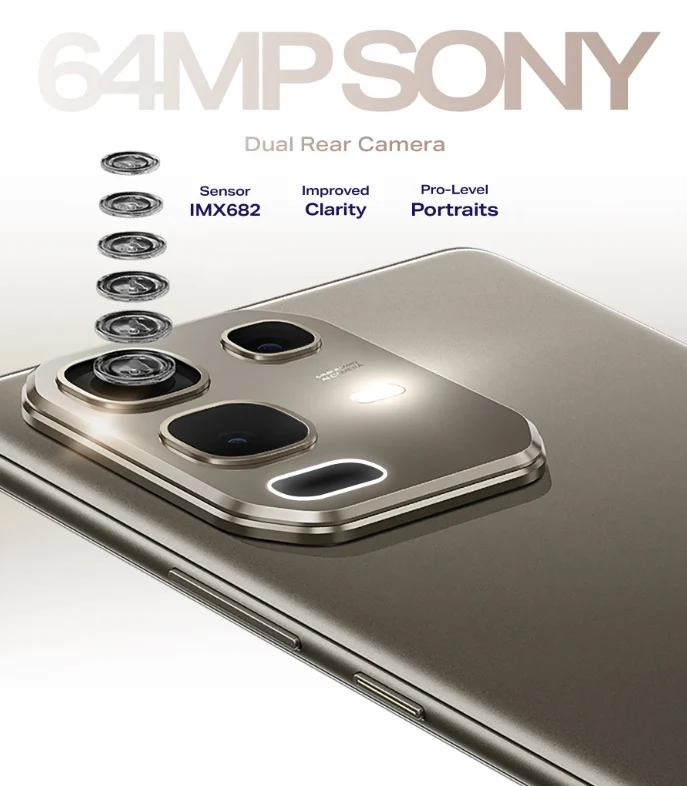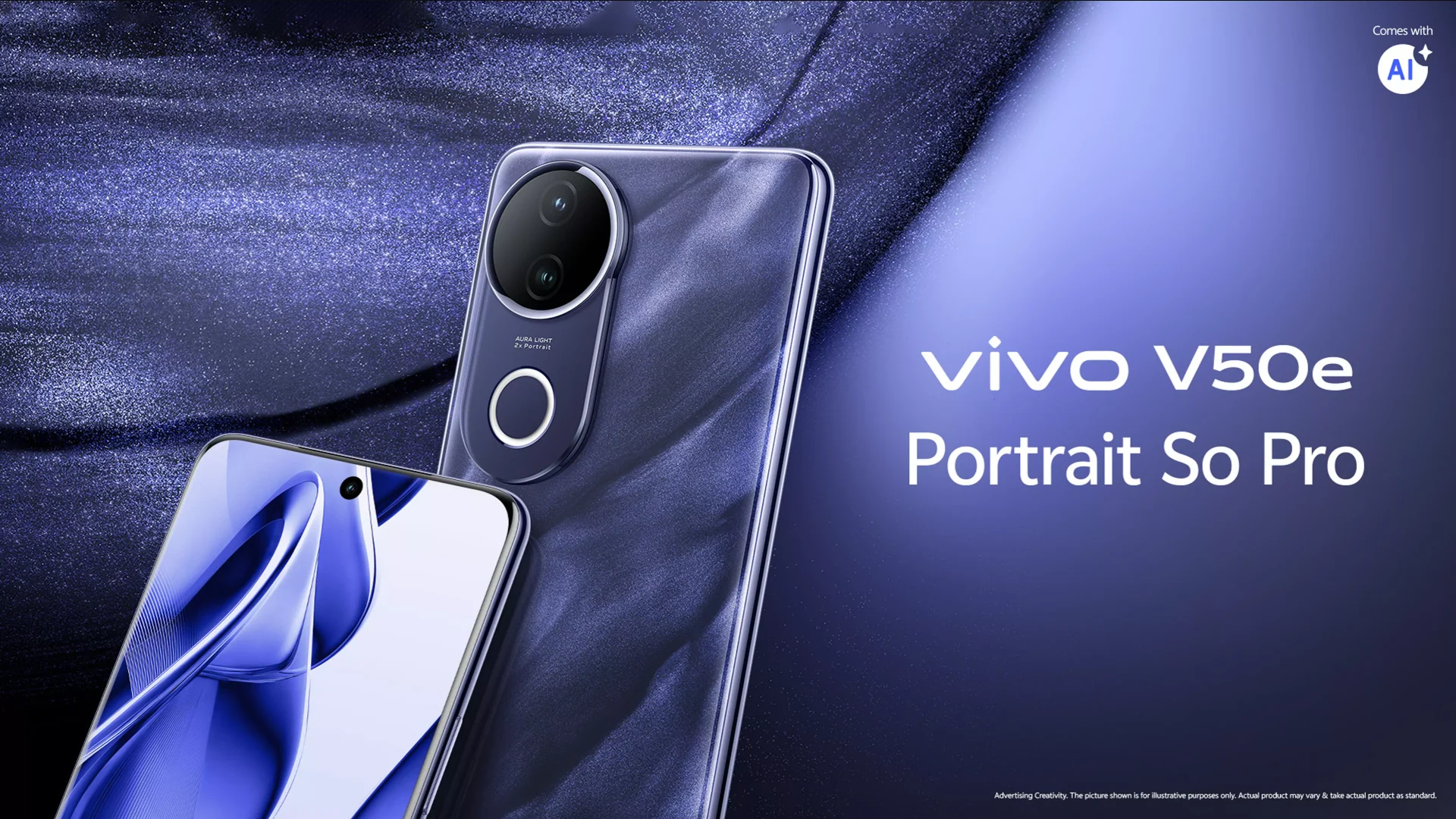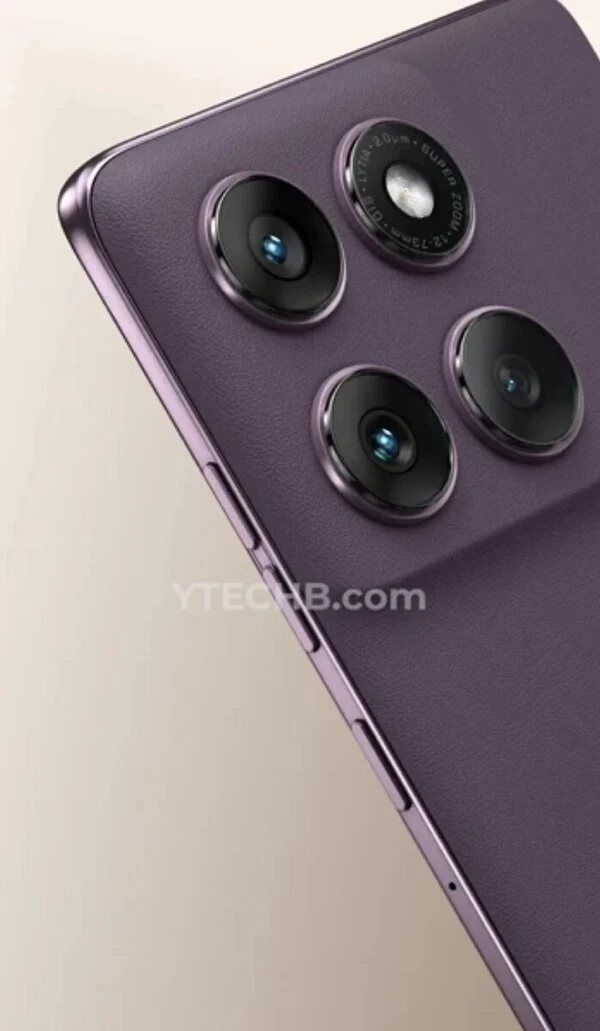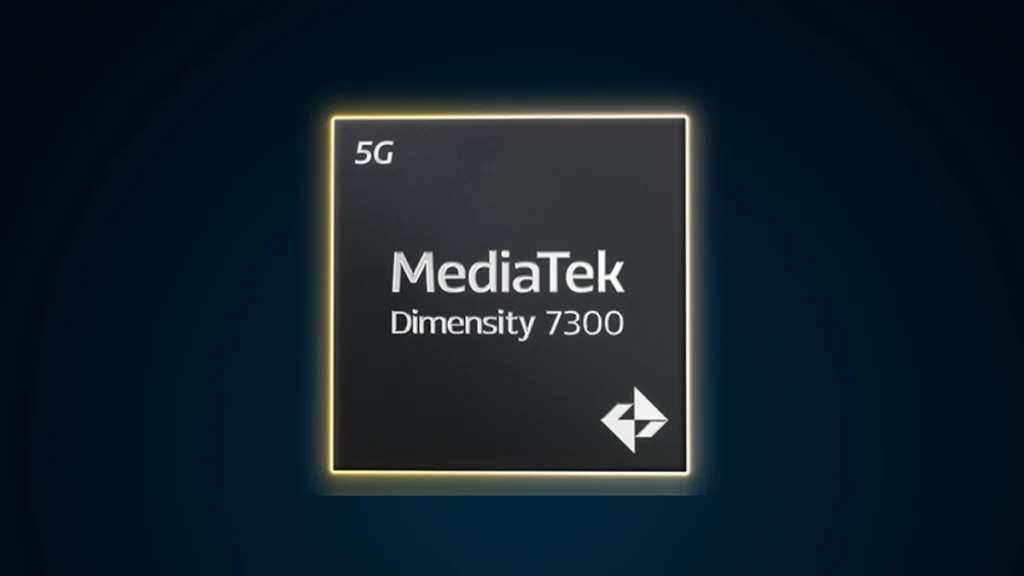Key Takeaways
1. Launch Date: The Infinix Note 50s will launch in India on April 18, following the Note 50x release.
2. Camera: It features a 64MP main camera capable of 4K video recording at 30fps.
3. Performance: Powered by the Dimensity 7300 Ultimate chip, it can achieve an AnTuTu score over 700K and support gaming at 90fps.
4. Battery and Display: The phone includes a 5,500mAh battery and a 144Hz curved-edge AMOLED display, making it the slimmest phone in India with such specifications.
5. Color Options: Available in Marine Drift Blue, Titanium Grey, and Burgundy Red, with the blue variant featuring Scent-Tech technology for a lasting fragrance.
The Infinix Note 50s is set to launch in India on April 18. This phone is the second in the Note 50 series to be introduced in the country, following the release of the Note 50x last month. Recent promotions have highlighted its sleek design and curved AMOLED display. Today, the company has shared additional information regarding its chipset, battery size, and main camera.
Infinix Note 50s Specifications
Infinix Note 50s has a 64MP main camera.
The official teaser on the Flipkart page for the Infinix Note 50s indicates that it will have a dual-camera system, led by a 64-megapixel Sony IMX682 camera. This device will support 4K video recording at 30 frames per second.
As for the performance, Infinix has stated that the Note 50s 5G will be powered by the Dimensity 7300 Ultimate chip, the same processor found in the Note 50x. The company claims that this chip can reach an impressive AnTuTu score of over 700K and can handle gaming at up to 90fps.
Battery and Display Features
The Note 50s is said to come with a 5,500mAh battery, although details about its fast charging features have not been disclosed.
On the front, it will showcase a 144Hz curved-edge AMOLED display. In terms of durability, the Infinix Note 50s will include features such as Gorilla Glass 5 for the screen, a build certified by MIL-STD-810, and IP64 ratings for dust and water resistance. With a thin design measuring just 7.6mm, it claims to be the slimmest phone in India with a 144Hz display.
Color Options and Special Features
The Note 50s will be available in three colors: Marine Drift Blue (vegan leather), Titanium Grey (metallic finish), and Burgundy Red (metallic finish). Notably, the blue variant is said to feature Scent-Tech technology that releases a pleasant fragrance that lasts.
Source:









